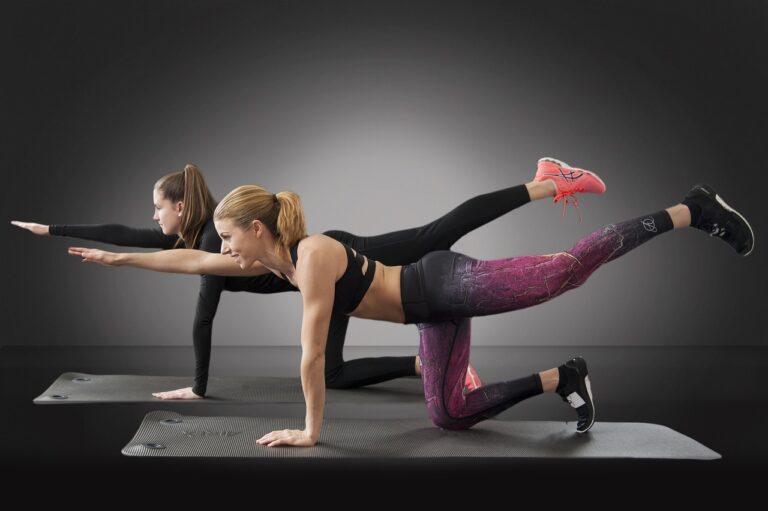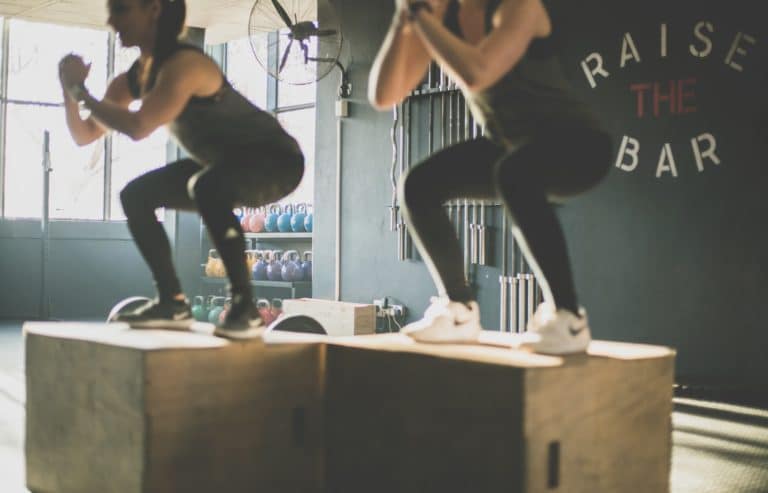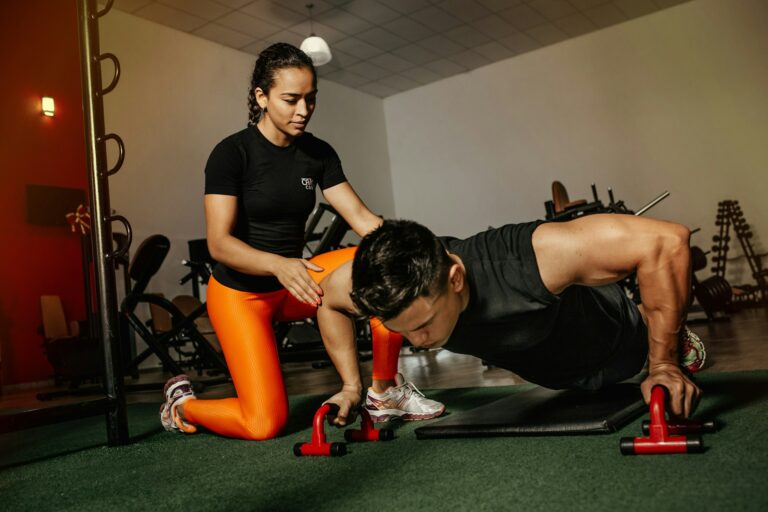Walking Your Way to Weight Loss: Effective 30-Minute Workout for Women Over 50

- Should You Train To Muscle Failure Every Set? What You Need To Know - March 4, 2025
- Nutrition in a Hurry: Top Post-Workout Snacks for Active People - February 20, 2025
- 15 Healthy Meal Prep Recipes: Your Weight Loss Made Easy - February 18, 2025
Are you a woman over 50 looking for an effective and convenient workout routine to help you lose weight? Look no further! In this article titled “Walking Your Way to Weight Loss: Effective 30-Minute Workout for Women Over 50,” you will find everything you need to know. The article outlines a 30-minute walking workout specifically designed for weight loss in women over 50. It targets the arms, legs, and abs, providing a full-body workout without the need for any equipment. The best part? It’s a low-impact workout suitable for seniors!
Benefits of Walking for Women over 50
Walking is a fantastic form of exercise for women over 50, offering numerous benefits that contribute to overall health and well-being. Not only is it a low-impact exercise that is gentle on the joints, but it also provides a full-body workout and can aid in weight loss. Let’s explore each of these benefits in more detail.
Low Impact Exercise
One of the greatest advantages of walking for women over 50 is its low-impact nature. Many other forms of exercise, such as running or high-intensity interval training, can put a significant strain on the joints, leading to a higher risk of injury. However, walking provides a low-impact workout that minimizes stress on the joints, making it an ideal choice for those with joint issues or arthritis. It allows you to get moving and stay active without risking unnecessary strain or discomfort.
Full Body Workout
Contrary to popular belief, walking can actually provide a full-body workout if done correctly. While it may primarily engage the muscles in your lower body, such as your legs and glutes, it also activates your core muscles, helps improve posture, and can even strengthen your upper body. By maintaining good form and incorporating some simple exercises into your walking routine, you can engage multiple muscle groups and achieve a well-rounded workout.
Weight Loss Benefits
Walking is an excellent exercise for women over 50 who are looking to shed some extra pounds. While it may not be as intense as other forms of cardiovascular exercise, walking can still burn a significant amount of calories. By maintaining a brisk pace and walking regularly, you can create a calorie deficit, which is necessary for weight loss. Additionally, regular walking can help boost your metabolism, improve your body’s ability to burn fat and increase muscle mass, all of which can contribute to a healthier weight.
Preparing for Your Walking Workout
Before embarking on a walking workout, it’s important to take a few necessary steps to ensure your safety and maximize the effectiveness of your exercise routine.
Consult with a Physician
If you have any underlying health conditions or concerns, it’s always a good idea to consult with your physician before starting any new exercise program. They can provide guidance on any precautions or modifications you may need to make based on your individual health needs. It’s better to be safe than sorry, and your doctor can offer valuable advice and support to help you get started on the right track.
Appropriate Clothing and Footwear
Choosing the proper clothing and footwear for your walking workout is essential for comfort and injury prevention. Opt for breathable, moisture-wicking clothing that allows for ease of movement. Invest in a good pair of walking shoes that provide proper support, cushioning, and stability. Ill-fitting shoes can cause discomfort or lead to foot and leg pain, so it’s worth getting a professional fitting if needed.
Warm-Up Exercises
Before diving into your walking workout, it’s crucial to spend a few minutes warming up your muscles to prevent injuries. Perform dynamic stretches such as leg swings, hip circles, and shoulder rolls to loosen up your joints and increase blood flow to your muscles. This will help prepare your body for the upcoming activity and reduce the risk of muscle strains or pulls.

Effective 30-Minute Walking Workout
A well-structured walking workout can make a significant difference in your fitness journey. Here’s an outline for an effective 30-minute walking workout that combines both cardiovascular exercise and strength training.
Introduction to the Workout
Before starting your workout, find a safe and suitable place to walk, such as a park, track, or treadmill. Make sure the terrain is flat and even to minimize the risk of tripping or falling. If you have any safety concerns, consider walking with a friend or family member for added support and companionship.
Warm-Up (5 minutes)
Begin your workout with a 5-minute warm-up. Start by walking at a comfortable pace, gradually increasing your speed. Allow your muscles to loosen up and your heart rate to rise gradually. Focus on breathing deeply and engaging your core muscles as you warm up.
Circuit Exercises (20 minutes)
After completing the warm-up, it’s time to incorporate circuit exercises into your walking routine. These exercises will help strengthen different muscle groups and increase the challenge of your workout. Perform each exercise for 1 minute, then return to a brisk walk for 2 minutes before moving on to the next exercise. Repeat the circuit 2-3 times for a total of 20 minutes.
Cool-Down (5 minutes)
Finish your workout with a 5-minute cool-down to allow your heart rate to gradually return to normal. Slow down your pace and walk at a leisurely, comfortable speed. Use this time to stretch your muscles, focusing on your legs, hips, and upper body. Take deep breaths and let your body relax and recover.
Circuit Exercises
Incorporating circuit exercises into your walking routine can provide additional benefits and help target specific muscle groups. Here are five simple yet effective exercises to try during your walking workout:
Exercise 1: Arm Circles
Stand tall with your feet shoulder-width apart and extend your arms straight out to the sides. Begin making small circles with your arms, gradually increasing the size of the circles. Reverse direction after 30 seconds. This exercise engages your shoulder muscles and improves upper body strength.
Exercise 2: Leg Lifts
While walking, bring your right knee up towards your chest, then extend your leg forward, kicking it out straight. Alternate between legs, lifting and extending for 1 minute. This exercise targets your hip flexors and quadriceps, providing a great lower-body workout.
Exercise 3: Standing Crunches
While walking, engage your core muscles by performing standing crunches. With your hands behind your head, bring your right elbow towards your left knee, then switch sides. Continue this twisting motion, alternating sides for 1 minute. Standing crunches help strengthen your abdominal muscles and improve stability.
Exercise 4: Side Steps
Take a break from walking forward and incorporate side steps into your routine. Step to the right with your right foot, bringing your left foot next to it. Then step to the left with your left foot, bringing your right foot next to it. Continue this side-to-side stepping motion for 1 minute. Side steps engage your inner and outer thigh muscles, providing a great opportunity to tone and strengthen your legs.
Exercise 5: Knee Raises
While walking, focus on lifting your knees higher with each step. Try to bring your knee up towards your chest as much as possible, engaging your abdominal muscles in the process. Alternate legs for 1 minute. This exercise targets your hip flexors and helps improve balance and stability.
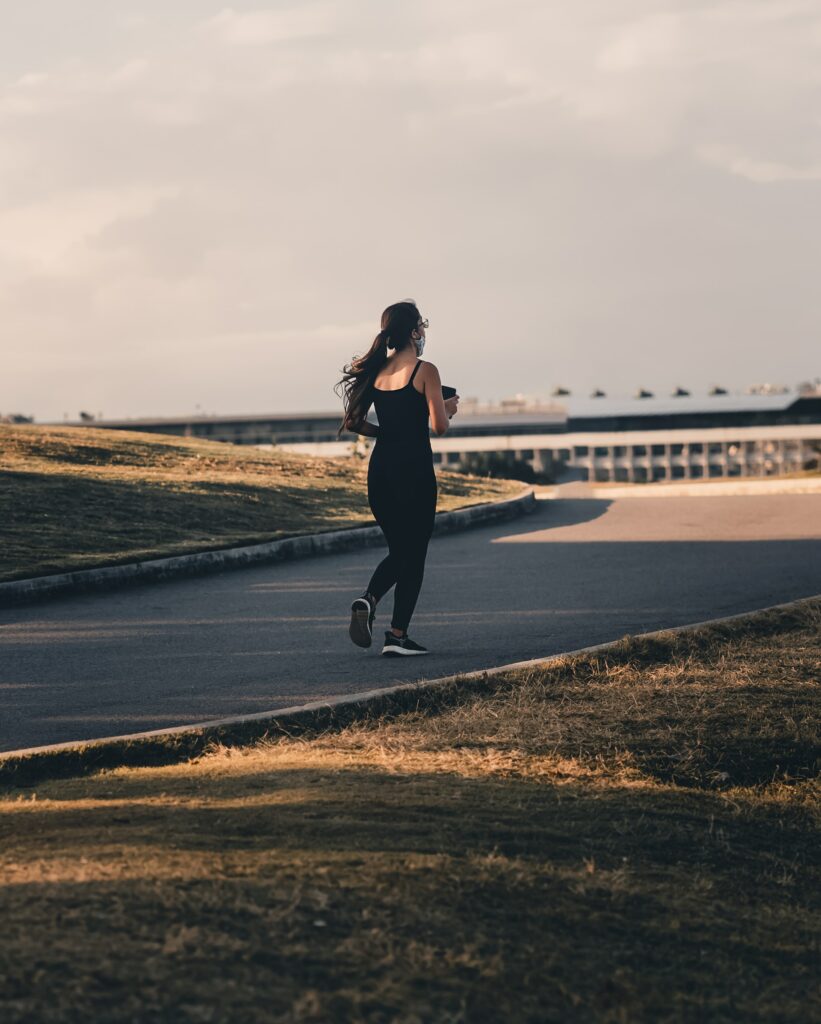
Tips for Maximizing Your Workout
To make the most out of your walking workout, keep these key tips in mind:
Maintain Proper Form
Pay attention to your posture while walking. Keep your spine straight, shoulders relaxed, and head lifted. Engage your core muscles by pulling your belly button towards your spine. Proper form will help maximize the effectiveness of your workout and prevent unnecessary strain on your muscles and joints.
Increase Intensity Gradually
If you’re new to walking or returning after a long break, it’s important to gradually increase the intensity of your workout over time. Start with a comfortable pace and gradually increase your speed and distance as your fitness level improves. Push yourself, but also listen to your body’s signals and take breaks when needed.
Stay Hydrated
Even though walking is considered a low-intensity exercise, it’s still important to stay hydrated throughout your workout. Carry a water bottle with you and take small sips at regular intervals. Proper hydration will help your body perform optimally and prevent fatigue or dehydration.
Additional Resources for Women over 50
As a woman over 50, there are plenty of additional resources available to support your health and well-being. Consider exploring free access to workouts online or through mobile apps, where you can find guided walking programs tailored to your needs. Additionally, websites and magazines dedicated to beauty, fashion, and lifestyle tips for women over 50 can provide valuable information and inspiration to help you look and feel your best.
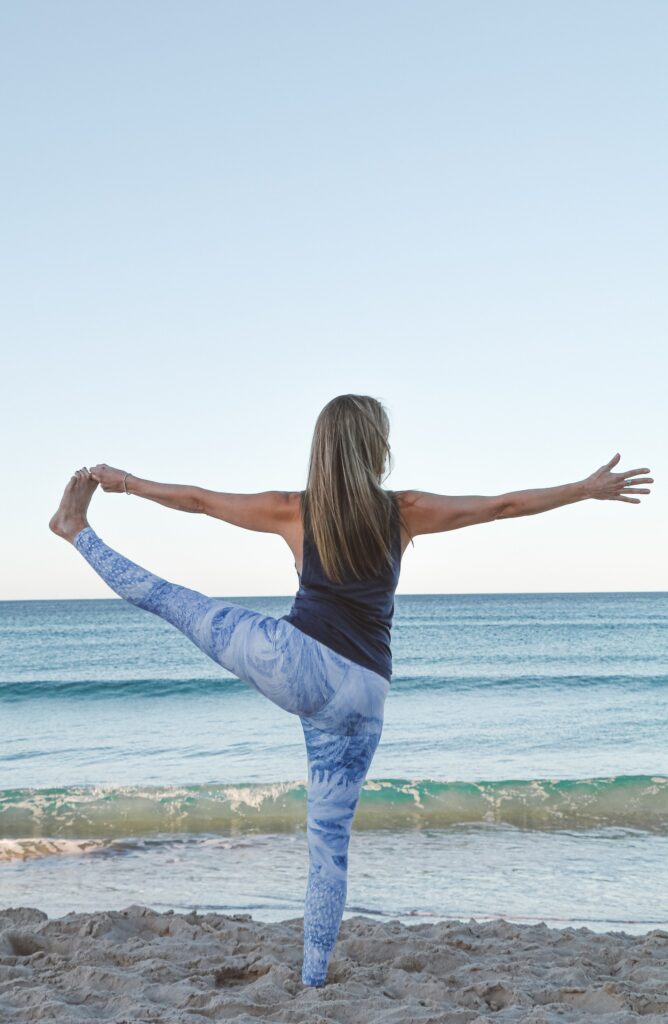
Conclusion
Walking is a fantastic exercise choice for women over 50 due to its low-impact nature, full-body workout benefits, and weight loss potential. By following a well-structured walking workout and incorporating circuit exercises, you can enhance the effectiveness of your routine and target specific muscle groups. Remember to consult with your physician before starting any new exercise program and always prioritize safety and proper form. With consistency and dedication, walking can be a transformative and enjoyable exercise that contributes to a healthier and more active lifestyle.
Table of Contents



